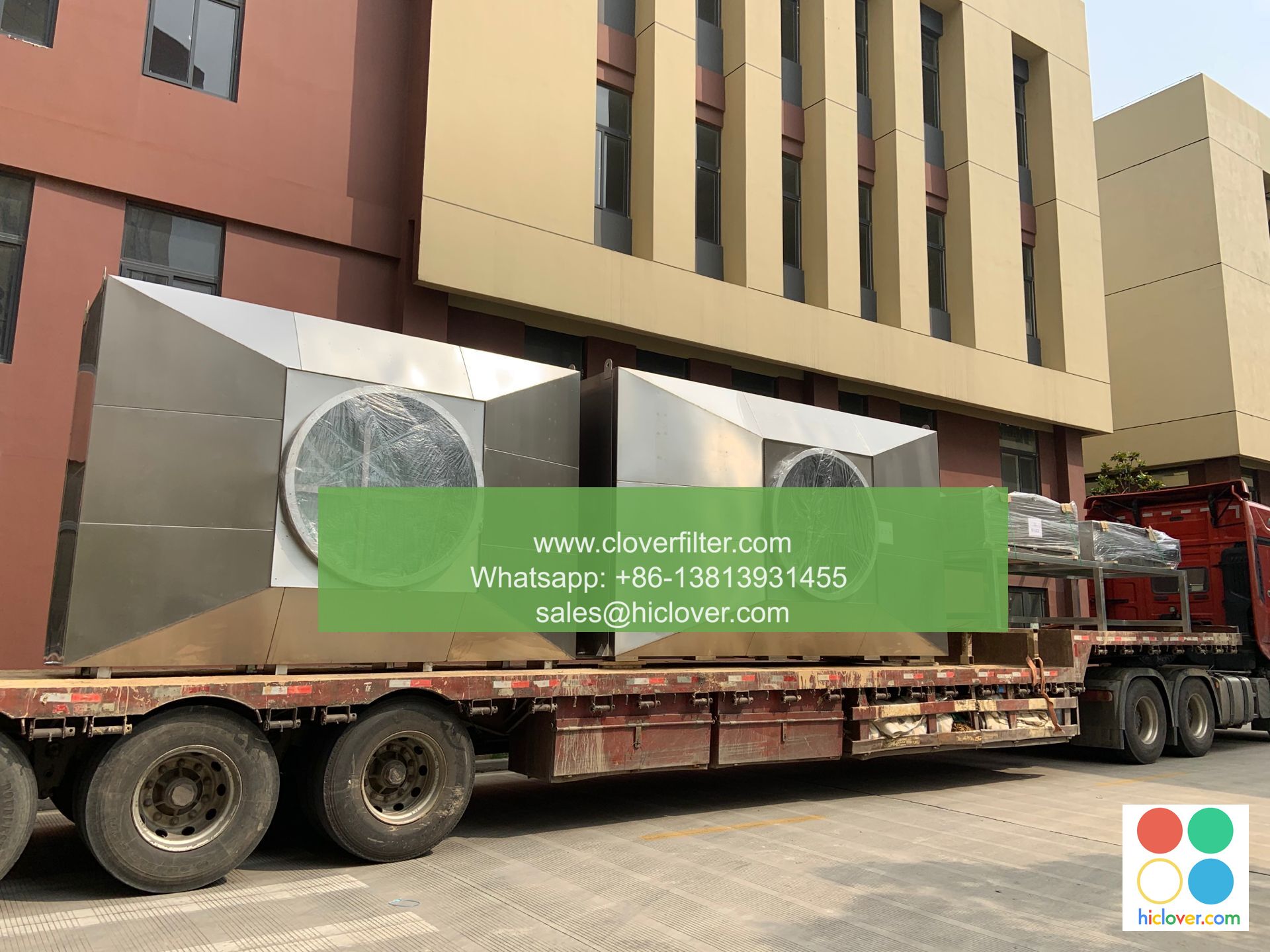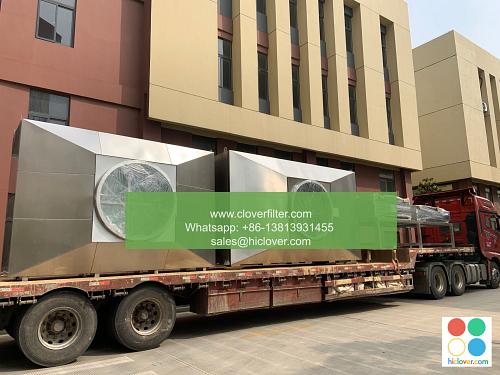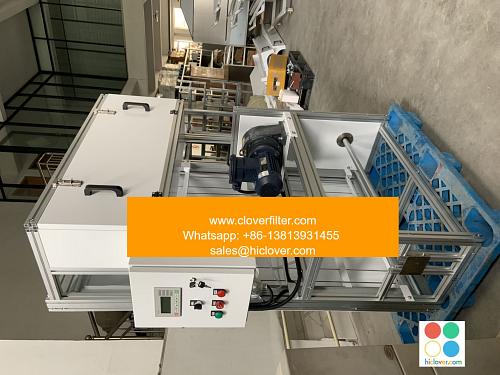The Pros and Cons of Using an Activated Carbon Air Filter

The Pros and Cons of Using an Activated Carbon Air Filter
What is an Activated Carbon Air Filter?
An activated carbon air filter is a type of air purification system that uses activated carbon, a form of carbon that has been treated to increase its surface area and adsorption capacity, to remove impurities and contaminants from the air. These filters are commonly used in a variety of applications, including home air purification systems, industrial processes, and even some vehicles.
The Pros of Using an Activated Carbon Air Filter
Effective Air Purification
Activated carbon air filters are highly effective at removing a wide range of impurities from the air, including:
- Gases: Odor-causing molecules, such as volatile organic compounds (VOCs) and smoke particles
- Particulates: Dust, pollen, and other airborne particles
- Chemicals: Pollutants, such as formaldehyde and benzene
- Home Air Purification: Activated carbon air filters are commonly used in home air purification systems to remove impurities and odors from the air, improving indoor air quality and reducing allergy and asthma symptoms.
- Industrial Applications: Activated carbon air filters are used in various industrial processes, such as chemical manufacturing, pharmaceuticals, and food processing, to remove impurities and contaminants from air and water streams.
- Automotive Applications: Activated carbon air filters are used in some vehicles to remove impurities and odors from the air, improving the air quality and reducing interior odors.
Long-Lasting and Low-Maintenance
Activated carbon air filters are designed to be long-lasting and low-maintenance, with some filters lasting for up to 6-12 months or more before needing to be replaced.
Natural and Non-Toxic
Activated carbon is a natural, non-toxic material that is safe to use in homes, offices, and other environments.
Energy Efficient
Activated carbon air filters are designed to be energy efficient, using minimal energy to operate and maintain a clean and healthy indoor environment.
The Cons of Using an Activated Carbon Air Filter
Higher Upfront Cost
Activated carbon air filters can be more expensive than other types of air filters, such as HEPA filters, due to the high-quality activated carbon used in their construction.
Limited Capture of Tiny Particles
While activated carbon air filters are effective at removing smaller particles, they may not be as effective at capturing smaller particles, such as viruses and bacteria.
Potential to Release Trapped Odors
If the activated carbon air filter becomes saturated with odors and particles, it may release these contaminants back into the air, potentially causing them to spread and worsen indoor air quality.
Alternative Application Areas
Conclusion
Activated carbon air filters offer a powerful and effective solution for improving indoor air quality, and can be used in a variety of applications, from home air purification to industrial processes. While there are some potential drawbacks to using these filters, such as higher upfront cost and limited capture of small particles, the benefits of improved indoor air quality and reduced allergy and asthma symptoms make them a valuable tool for maintaining a healthy and comfortable living or work environment.
I’m here to listen! What’s on your mind? Do you have a specific topic you’d like to discuss, or is there something on your mind that you’d like to talk about? I’m all ears and here to help in any way I can!


